#Bulgarian traditional clothing
Text
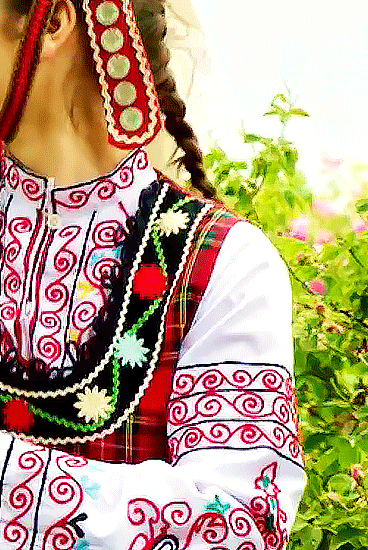
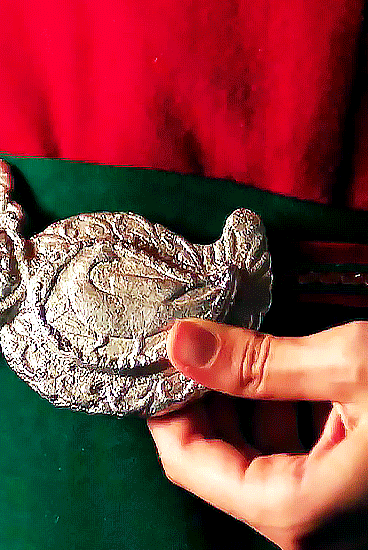




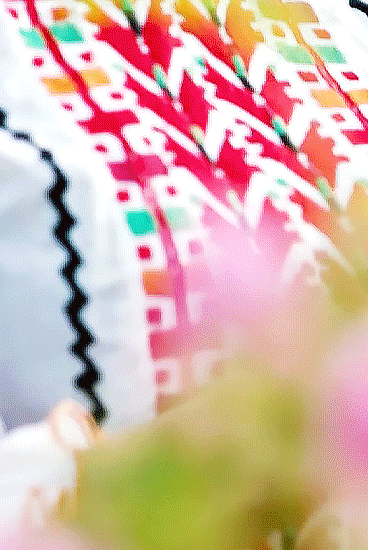


Bulgarian Kazanlak Ritual
8 notes
·
View notes
Text

Kukeri maskers, Bulgaria, by Aron Klein
#bulgarian#bulgaria#europe#eastern europe#folk clothing#traditional clothing#traditional fashion#cultural clothing
969 notes
·
View notes
Text

Redraw of an old idea I had, the gaang if they were Bulgarian/South Slavic.
Aang is inspired by shepherd's clothing mostly as well as some North- and Central- West Bulgarian clothing. Same for Sokka, but mostly CW (from the Shop region). Katara is a mix of Rhodope mountain and again CW styles. The butterflies are just so they don't stare in empty space lol
#avatar the last airbender#atla#fanart#avatar: the last airbender#a:tla#aang#katara#sokka#bulgarian folk#folk clothing#folk costume#traditional dress#balkan folk#slavic folk#avatar
164 notes
·
View notes
Text
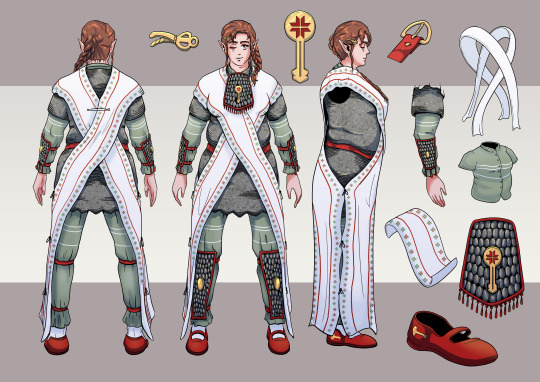
So, this one took me longer than I expected. In addition, I fell victim to the seasonal flu, which further impeded my progress on my personal projects.
In any case, I am fairly happy with how this Klyuch "character reference" turned out. Chainmail armor is pretty underrated in media nowadays, so I really wanted do represent her wearing a hauberk, while still spicing her design up with some fancy belts, buckles and decorations.
While not fully consistent in itself, this image will definitely help me represent her more consistently in future illustrations. Now, of course, I need to do one for her face, as well as reference sheets for a number of other characters…
#art#fantasy#illustration#artists on tumblr#oc#armor#chainmail#chain mail#hauberk#reference sheet#for future reference#Klyuch#bulgarian artist#bulgarian folklore#bulgarian inspired#balkans#traditional clothing
30 notes
·
View notes
Text

My part of an art trade with @twoj-stary-var-emreiss :D
#oc#oc art#oc artwork#other's ocs#other's characters#slavic#slavic folk#bulgaria#bulgarian folk#pirin#folk costume#traditional clothing#historical oc#history oc#art trade#at#art#artwork#digital#digital art#drawing#own art#my art#artist on tumblr
32 notes
·
View notes
Photo

B/W соmmissiоn for KatPyrple(on twitter)!
It was very fun to draw! Thank you! ^w^
#elves#elfes#artists on tumblr#bulgarian#I rly like bulgarian traditional clothes! so pretty#interesing patterns to#a feast to eyes!#my art#commission
86 notes
·
View notes
Text

Bulgarian girl from Pirin, Macedonian region
1 note
·
View note
Text

Traditional Bulgarian hairstyle, headpiece and clothing from Samokov area
35 notes
·
View notes
Text
Easter, or the Resurrection of Christ, stands as the most significant and vibrant holiday in the Orthodox Christian calendar. Rooted in the celebration of Jesus Christ's return to life after crucifixion, Easter embodies both spiritual renewal and the triumph of spring over winter.
In Bulgaria, as in many Orthodox countries, Easter is a movable feast, falling on the Sunday of Holy Week, marked by the first spring full moon. This auspicious day heralds the culmination of Holy Week, a period of reflection and preparation preceding Easter Sunday.
The observance of Easter in Bulgaria is rich with ancient customs and traditions, blending elements of pagan rituals with Christian symbolism. Holy Week begins with the cleaning of homes, symbolizing a spiritual purification in anticipation of the holiday. Each day of Holy Week, from Great Monday to Good Friday, holds significance, leading up to the joyous celebration of Easter.
One of the most cherished traditions is the dyeing of Easter eggs, typically done on Maundy Thursday. The first egg, dyed red to symbolize the blood of Christ and his resurrection, holds special significance. It is customary for the eldest woman in the family to dye this egg, imparting blessings for health and prosperity to her loved ones.

Throughout Holy Week, special ritual breads are prepared, adorned with red or white eggs and intricately braided designs. These breads, known by various names across Bulgaria, serve as symbols of renewal and abundance, shared among family and friends during Easter festivities.
Good Friday, a day of solemn reflection and fasting, culminates in the veneration of the shroud symbolizing Christ's burial. Believers gather in churches to pass under the shroud, seeking spiritual purification and renewal.
Holy Saturday, known as Soulful Saturday, is a time for honoring the departed. At midnight, the joyous celebration of Easter begins, as churches resound with the triumphant proclamation, "Christ is Risen!"

Easter is celebrated for three days. On Sunday morning (or during the night), Bulgarians go to church for the solemn Easter liturgy, after which it is the turn of the festive table, around which the whole family gathers. On it, the ritual bread is first broken by the eldest in the house into as many pieces as there are people in the family, leaving a piece of bread for God as well.
On Easter Sunday, everyone wears new clothes. The first dance after Sirni Zagovezni is also played. It is exuberant and cheerful and is an expression of people's joy at the resurrection of nature for a new life, of faith in the victory of good over evil.
One of the most beloved Easter customs is the egg cracking game, where participants compete to see whose egg will remain uncracked. It is believed that the winner will enjoy good health and fortune in the coming year.
Easter Monday, also known as Bright Sunday or Scattered Monday, is a day of playful traditions, including the "swings" custom where young people gather to swing for health and protection.
In Bulgaria, Easter is not only a time of spiritual reflection but also a celebration of community and tradition, where ancient customs are cherished and passed down through generations.
10 notes
·
View notes
Text
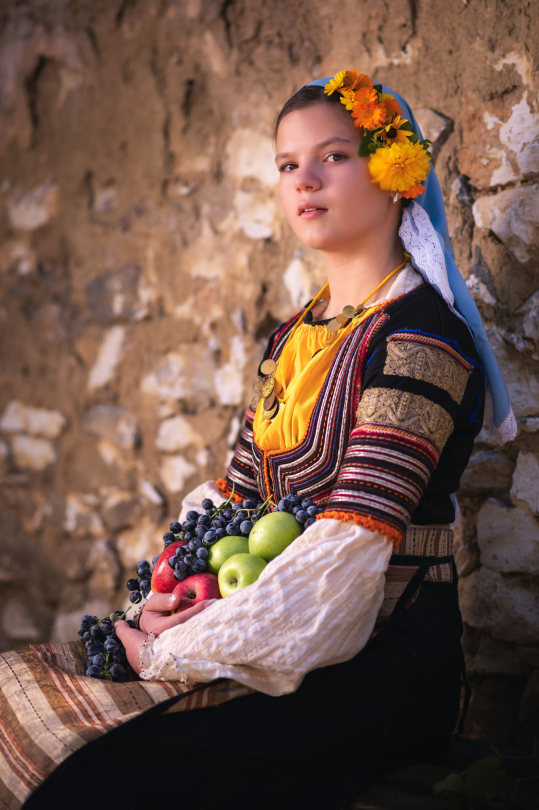
Bulgarian girl, Bulgaria, by Vladislav Chanev
#bulgarian#bulgaria#europe#eastern europe#traditional clothing#traditional fashion#cultural clothing#folk clothing
234 notes
·
View notes
Text
Me, making skyloftian fashion based on Bulgarian/Slavic traditional clothing just because
32 notes
·
View notes
Text

The Zmey is another one of the mythical creatures you cannot miss if you read Bulgarian folk tales and is basically our take on a dragon. While usually depicted as giant flying lizards (who would have thought), zmey can sometimes shapeshift into humans.
Some tales depict zmey as honorable protectors who ward villagers from malicious beings. Others, however, imagine them as notorious kidnappers or even maneaters.
One popular fairy tale – “The Zmey and the Princess” - sees an elderly couple adopt a young zmey who later marries the local princess.
#art#fantasy#illustration#artists on tumblr#ink#black and white#traditional art#dragon#zmey#bulgarian folklore#bulgarian inspired#bulgarian artist#traditional clothing#traditional illustration#magical creatures#scales#scale armor
29 notes
·
View notes
Text
Flag of the Pueblo Sultanate
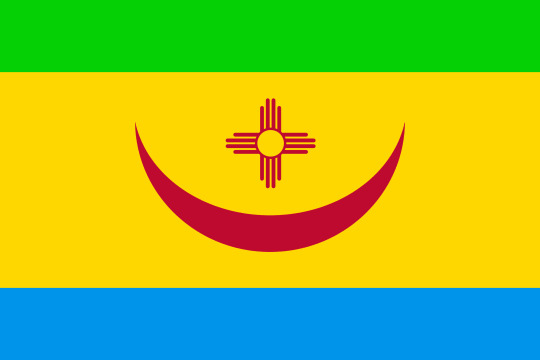
This is the flag of the Pueblo Sultanate. It comes from a world where the Ottoman Empire established colonies in the New World. The Ottomans began in the Caribbean, and soon went on to conquer Mexico. Eventually, the Ottomans made their way to the American Southwest, and subjugated the Pueblo peoples. Life was harsh for the Pueblo people under Ottoman colonialism. Pueblo people were forced to toil away in silver mines to feed the Ottomans’ hunger for precious metals. Several madrasas were established with the intent to convert the Pueblo peoples to Islam. In theory, the madrasas would provide aid, education, and social services to the Pueblo people. In practice, however, the imams often subjected their charges to horrific abuse. Despite this, Islam did manage to spread among the Pueblo peoples. The Pueblo peoples begged for a savior. But where could he be?
The Pueblo people received their answer in the form of a charismatic preacher named Po’Pay. Despite the similar name, he is a separate individual from the Po’Pay of our world. This Po’Pay preached the highly syncretic religion that combined indigenous Pueblo beliefs with Islamic liberation theology. This was in sharp contrast to the Islam of the Ottomans, which frowned upon syncretism, and suppressed indigenous beliefs. Po’Pay teachings began to spread, and soon Po’Pay a revolt against the Ottomans. Though the fight was hard, at last the Pueblo peoples were free from the Ottoman yoke. The Pueblo peoples began to think of themselves not as a collection of disparate tribes, but as a united people sharing in a common destiny.
Po’Pay organized the tribes into a sultanate, with himself as the first sultan. However, the sultan would not rule alone. An assembly of tribes was created. Representatives of each tribe could voice the opinions and concerns of the tribe to the assembly. Thus, the Pueblo Sultanate became the first representative monarchy in the New World. The Pueblo Sultanate stretches over much of what would be he American Southwest.
The Pueblo Sultanate is famous for begin very tolerant, open-minded, and accepting of peoples with different beliefs. Most citizens practice Pueblo Islam, but don’t try to push it on other people. Most women do not veil, and most Pueblo citizen wear traditional indigenous-style clothing. to Po’Pay developed a written script based upon Arabic, and the Pueblo Sultanate is home to several libraries and other centers of learning. In fact, the Great Pueblo Library is world renown for its expansive collection of books. Qurans are written in the Pueblo script, and the call to prayer to announced in the various Pueblo languages. The Pueblo Sultanate is also quite famous for its cooking. Pueblo cuisine combines cooking techniques from the Eastern Mediterranean with spices and ingredients of the American Southwest. The Pueblo Sultanate has a noticeable minority of Greeks, Serbians, Bulgarians, and Amazighs. They are mostly descended from slaves brought over during the days of Ottoman colonialism.
Also, the Pueblo Sultanate isn’t actually called the Pueblo Sultanate in-universe, but I couldn’t think of a better name.
The flag includes the sun symbol of the Zia people, and the crescent moon of Islam. This is a reference to the Sultanate’s mixed indigenous and Islamic heritage. The blue band represents turquoise, an important stone to many Pueblo peoples. The green band represents prosperity, and green is a color associated with Islam. The yellow band is there because it goes well with everything else.
Link to the original flag on my blog: https://drakoniandgriffalco.blogspot.com/2022/06/flag-of-pueblo-sultanate.html?m=1
#alternate history#flag#flags#alternate history flag#alternate history flags#vexillology#alt history#Pueblo Sultanate#Pueblo Tribes#Pueblo Peoples#american southwest#Ottoman Empire#Islam#native americans#native american#indigenous people#indigenous#Pueblo#america#north america#united states#USA#united states of america#Pueblo People
23 notes
·
View notes
Text

Bulgarian women in traditional Bulgarian clothing, 1937
12 notes
·
View notes
Text

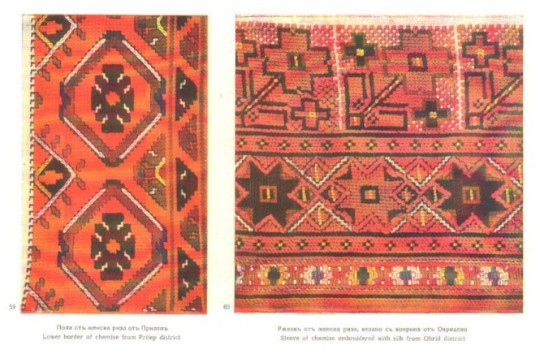
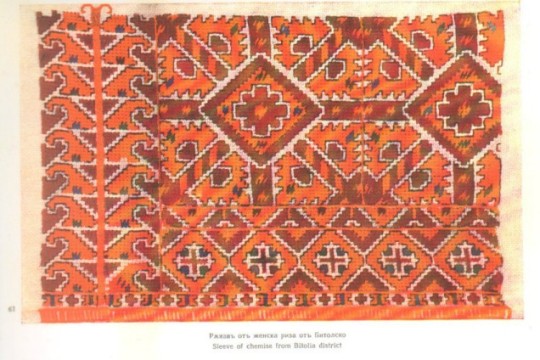
Examples of embroidery on traditional clothes from Vardar (North) Macedonia. | Везани части от носии от Вардарска Македония.
I. 57, 58 — Headkerchiefs embroidered in silken and golden thread, region of Debar. | Мотиви от кърпа за глава, Дебърско.
II. 59 — Hem of a chemise from Prilep. | Пола на кошула, Прилепско. 60 — Sleeve of a chemise with silk embroidery, Ohrid. | Ръкав от кошула, везана с коприна, Охридско.
III. 61 — Chemise sleeve from Bitola. | Ръкав от кошула, Битолско.
From the Album of Bulgarian Macedonian Embroideries by Raina Roumenova.
#Macedonia#Vardar Macedonia#folk clothing#embroidery#chemise embroidery#album images#Debar#Prilep#Pelagonia#Ohrid#Bitola
34 notes
·
View notes
Text

Traditional Bulgarian hairstyle, headpiece and clothing from Samokov area
17 notes
·
View notes